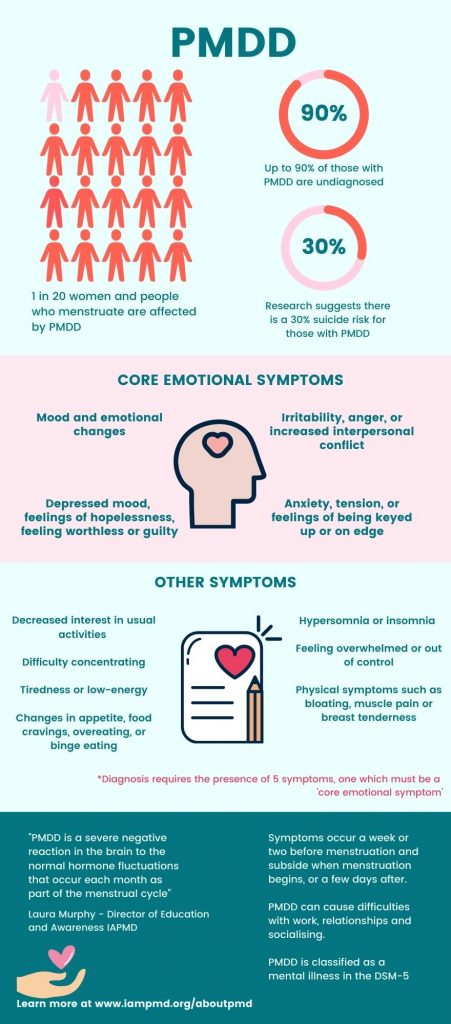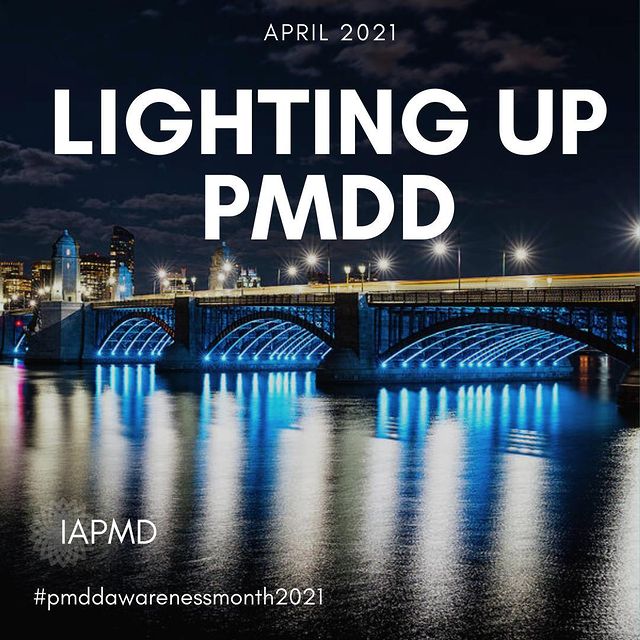April is Premenstrual Dysphoric Disorder (PMDD) Awareness Month.
PMDD is a hormone-based mood disorder where, unlike PMS, symptoms occur in the weeks before your period.
Studies suggest one in 20 women and people who menstruate are affected by PMDD, yet it is relatively unheard of.
Symptoms are predominantly psychological, such as anxiety and depression, but can also be physical.
Alice Cunningham, 25, from London was diagnosed with PMDD two years ago by her therapist.
During their weekly sessions, they noticed a cyclical nature of mood changes in Alice.
Alice said: “Two weeks of the month, more or less, I was so happy and everything was great.
“Then for two weeks it was hopeless, like hell on earth.
“I basically don’t trust my judgement before my period, and that’s two weeks of my life every month.”
Treatment varies, but usually begins with lifestyle changes and can progress to anti-depressants, oral contraceptives or mood stabilisers.
The final resorts are a chemical menopause, or the surgical removal of the uterus and ovaries.
Laura Murphy, director of education and awareness at The International Association of Premenstrual Disorders (IAPMD) said: “Historically with women’s health, not just PMDD, there’s not enough training and education for doctors, not just across the UK but across the board.
“Women are written off as being hysterical and are gaslit by healthcare professionals.
“But there’s also those professionals that do really want to help, but it’s not been taught as part of the curriculum.”

Buildings around the world are lighting up teal during April to bring awareness to the disorder.
Teal represents is the official colour of PMDD, symbolising emotional balance and stability.
The light ups signify that from this point, those with PMDD will no longer suffer alone in the darkness.






Join the discussion
I was diagnosed with PMDD 6 years ago